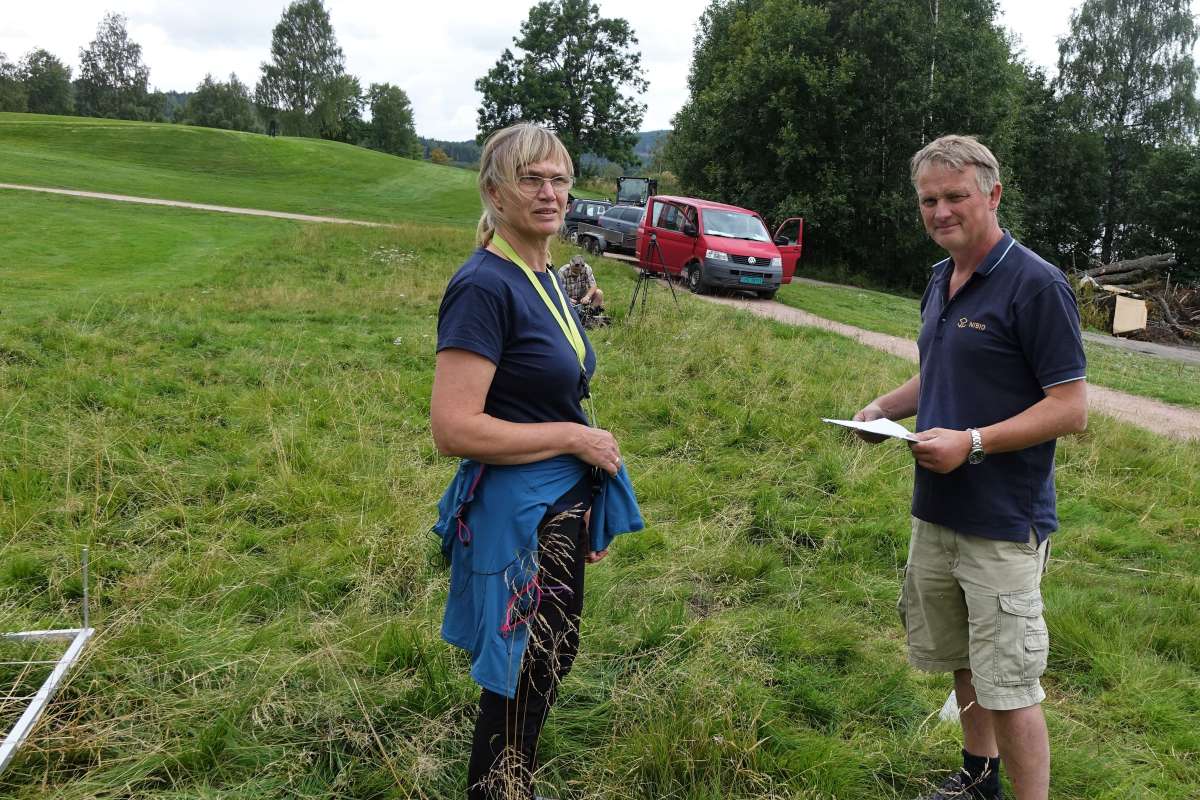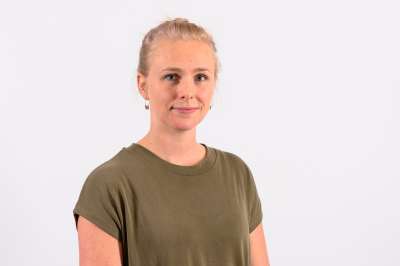
Ivareta pollinatorer og deres leveområder
Pollinatorer spiller en viktig rolle i terrestriske økosystemer og de bidrar vesentlig til global matproduksjon. Men pollinatorbestandene er utsatt for en rekke trusler, som for eksempel endringer i arealbruk, klimaendringer, plantevernmidler og invaderende arter. Betydningen av pollinatorer og det økende antallet studier som tyder på en global tilbakegang, har ført til at NIBIO har blitt aktivt involvert i både nasjonale og internasjonale prosjekter som undersøker ikke bare tilstanden til pollinatorer, men også deres leveområder og de økosystemtjenestene de leverer.
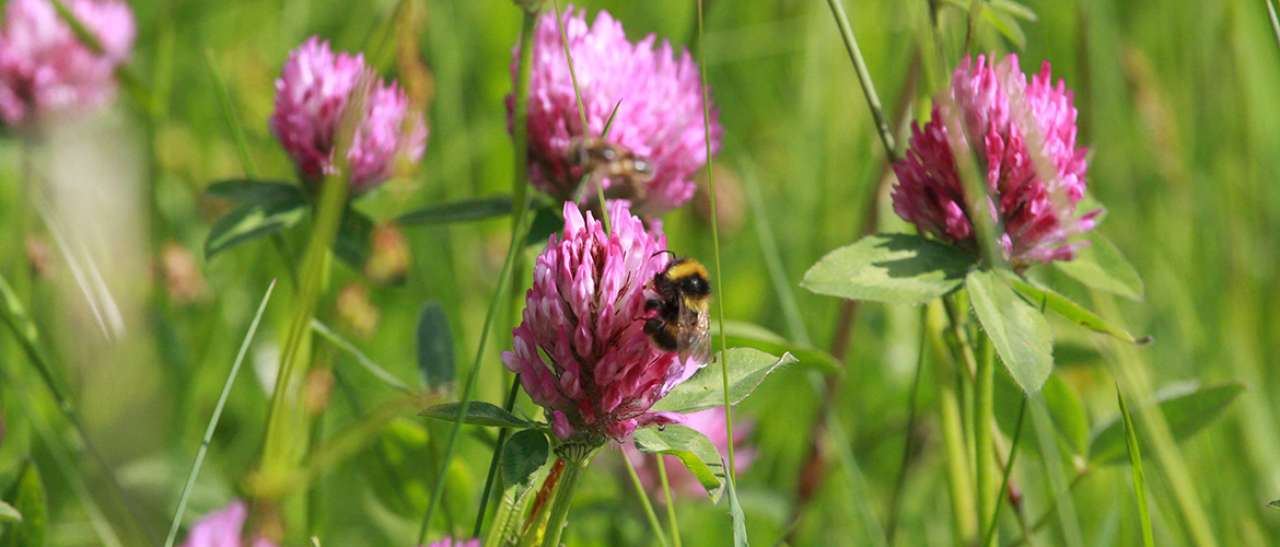
Flere avdelinger i NIBIO har vært, eller er, involvert i forskning på pollinering og pollinatorer. Denne forskningsaktiviteten har adressert en rekke spørsmål:
- Hvordan påvirker urbanisering pollinatormangfoldet?
- Hvilke verktøy kan byplanleggere bruke for å begrense deres innvirkning på pollinatorsamfunn?
- Hvilke skjøtselsregimer er best for å ivareta pollinatorer og deres leveområder?
- Hvilke areal i et vanlig jordbrukslandskap fungerer som gode leveområder for pollinatorer?
- Hvordan kan vi skape nye leveområder for pollinatorer?
- Hvordan påvirker plantevernmidler pollinatorer?
- Hvem har og hvem tar ansvar for pollinerende insekter?
- Hvordan påvirker habitatforholdene pollinatorens tallrikhet og mangfold?
- Hva begrenser pollinatoraktivitet i pærehager (sorten Celina) på Vestlandet?
- Kan gressdominerte områder i jordbruk, og grøntområder generelt, omdannes til naturtyper som støtter biologisk mangfold og økologiske funksjoner, inkludert pollinatorer?
- Hvordan påvirker planteluktstoffer pollineringsaktivitet?
NIBIO har også fasiliteter som kan brukes til å gjenkjenne plantevernmidler i nektar og pollen, og til å identifisere insekter og planter ved hjelp av et DNA-strekkodebibliotek.
NIBIO har fått øremerkede midler til å følge opp den nasjonale pollineringsstrategien. Denne ble lagt frem av Regjeringen i 2018, med sikte på å opprettholde levedyktige bestander av ville bier og andre pollinerende insekter i Norge. For øyeblikket er NIBIOs rolle å bidra med kunnskap om temaet og å bidra til at denne kunnskapen blir spredt til alle som kan ha interesse av den.
I det siste har NIBIO også vært involvert i testing av en protokoll utviklet av FAO (Food and Agriculture Organization of the United Nations) for å undersøke mangel på pollinering i avlinger, under nordiske forhold (NINA rapport). For øyeblikket deltar NIBIO i det internasjonale prosjektet “Climate change and its effects on pollination services (CLIPS)”, med fokus på eplehage over hele Europa.
Eng er et viktig leveområde for pollinatorer, og det har derfor vært en økende interesse fra offentlige etater, private gartnere og bønder for å etablere nye blomsterenger på eiendommene deres. Som en del av et prosjekt som undersøker strategier for å øke biologisk mangfold av blomster og ville bier (Fra grasmark til blomstereng), jobber forskere ved NIBIO med å lage naturlige frøblandinger for å etablere blomsterenger over hele landet.
NIBIO vil fortsette å prioritere pollinatorforskning og bidra til å sikre pollinatorbestander og deres leveområder, ikke bare for matproduksjon, men også for å opprettholde det biologiske mangfoldet og sunne økosystemer for fremtiden.
Publikasjoner
Forfattere
Sølvi Wehn Eveliina Kallioniemi Per Vesterbukt Synnøve Grenne Julio Morales Can Marie Vestergaard Henriksen Line JohansenSammendrag
Det er ikke registrert sammendrag
Forfattere
Line Johansen Sølvi Wehn Julio Morales Can Marie Vestergaard Henriksen Eveliina Kallioniemi Per Vesterbukt Synnøve GrenneSammendrag
Det er ikke registrert sammendrag
Sammendrag
Det er ikke registrert sammendrag
Forfattere
Line Johansen Anna Westin Sølvi Wehn Anamaria Iuga Cosmin Marius Ivascu Eveliina Kallioniemi Tommy LennartssonSammendrag
Det er ikke registrert sammendrag
Sammendrag
Det er ikke registrert sammendrag
Sammendrag
Det er ikke registrert sammendrag
Forfattere
Eveliina Kallioniemi Jens Åström Graciela Rusch Sondre Dahle Sandra Charlotte Helene Åström Jan Ove GjershaugSammendrag
Det er ikke registrert sammendrag
Forfattere
E.J. Ahrenfeldt B.K. Klatt J. Arildsen Nina Trandem G.K.S. Andersson T. Tscharntke H.G. Smith L. SigsgaardSammendrag
Det er ikke registrert sammendrag
Forfattere
Jens Åström Wenche Dramstad Misganu Debella-Gilo Knut Anders Hovstad Sandra Charlotte Helene Åström Graciela RuschSammendrag
-
Prosjekter
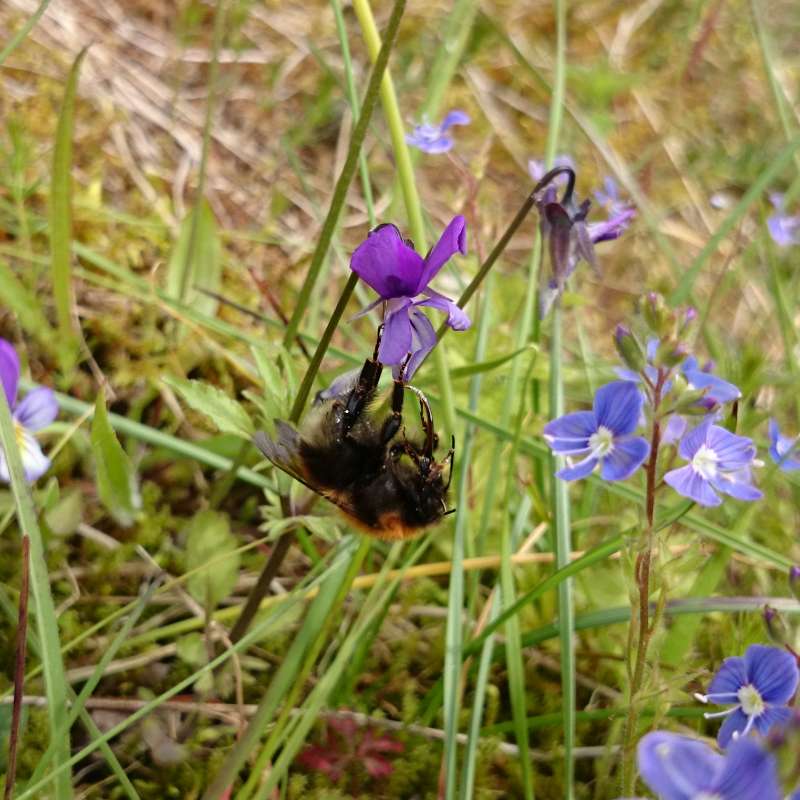
Divisjon for matproduksjon og samfunn
BE(E) DIVERSE
Blomster og bier - Løsninger og verktøy for å ivareta biologisk mangfold i en integrert og bærekraftig byplanlegging
_cropped.jpg?quality=60)
Gode leveområder for pollinatorer i kulturlandskapet
For å ivareta gode leveområder for pollinatorer i jordbrukslandskapet er det behov for mer kunnskap om hvilke tiltak som er mest kostnadseffektive og hvordan virkemidler kan utformes. Dette prosjektet vil gi kunnskap om hvilke areal i et vanlig jordbrukslandskap som fungerer som gode leveområder for pollinatorer.
.JPG?quality=60)
Divisjon for matproduksjon og samfunn
PLANTVALUE
Valuation of the Norwegian plant health regime from an environmental, economic and social perspective
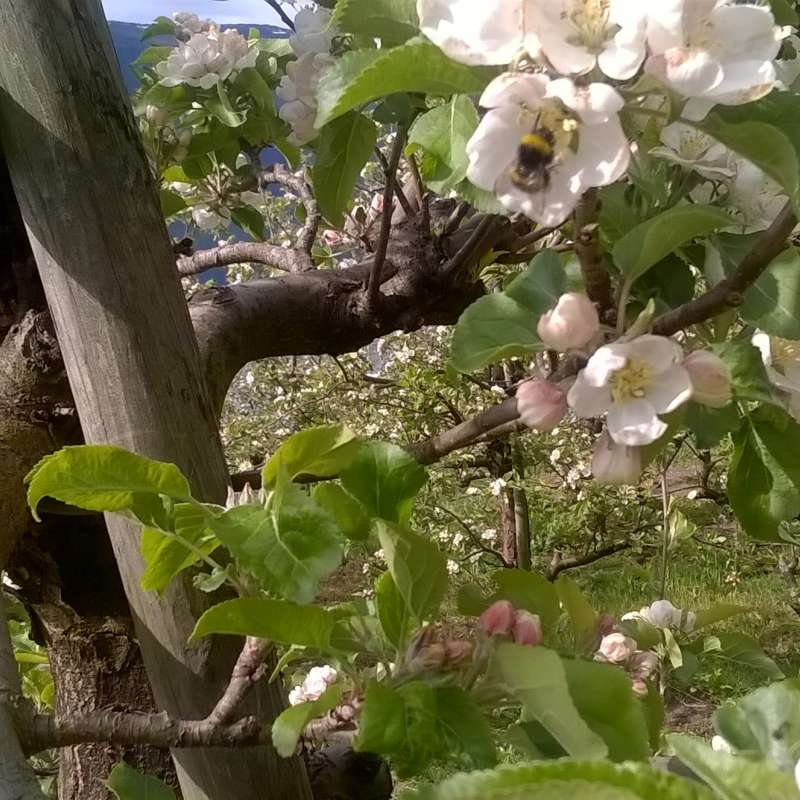
Divisjon for bioteknologi og plantehelse
Pollinering i fruktdyrking – effekter av vegetasjon og plantevernmidler på pollinerende insekter
Forskrift om plantevernmidler pålegger yrkesdyrkere å drive integrert plantevern. Dette innebærer blant annet beskyttelse og styrking av viktige nytteorganismer gjennom å vurdere behov for tiltak mot skadedyr, begrense bruk av plantevernmidler samt å tilrettelegge for leveområder. Pollinerende insekter er en svært viktig gruppe av disse, og det har de senere årene vært mye fokus på nedgang av en del arter og generelt tilstanden hos pollinerende insekter.


